Trump Shifts Stance After Detention of Korean Workers: “We Must Find Ways to Train American Workers”
Input
Changed
Criticism Mounts Over Contradiction With Massive U.S. Investment Drive Trump Stresses U.S.-Korea Ties, Vows to Contain Fallout Emphasis on ‘Legitimate Employment’ Under Immigration Law for Foreign Firms
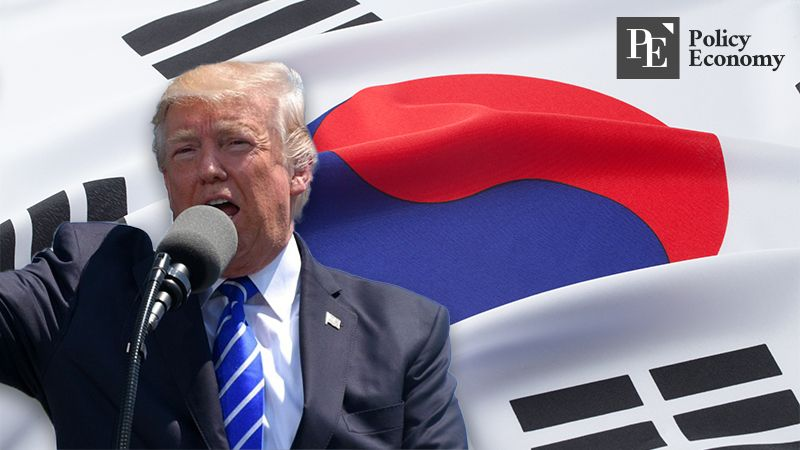
An unprecedented incident in which more than 300 South Korean workers were detained by U.S. immigration authorities at Hyundai Motor and LG Energy Solution’s joint battery plant in Georgia has placed Korean firms under mounting pressure to “hire Americans first.” Although U.S. President Donald Trump has signaled willingness to defuse the crisis, expectations for substantive measures—such as an expansion of work visa issuance—remain low. Korean companies are now bracing for heavier burdens, given soaring wage costs and acute challenges in securing skilled labor.
Trump: “I Fully Understand Korea’s Position”
According to Reuters and other outlets on September 8 (local time), Trump told reporters at Joint Base Andrews in Maryland the previous day, “We have lost many industries,” adding, “Whether it’s batteries, computers, or ships, industries with complex technologies must rely on outside help.” He stressed, “If this country lacks the skilled workforce with such expertise, we should bring in those who know the work, allow them to stay temporarily, and receive assistance.” Asked if this episode would strain U.S.-Korea relations, he responded, “Not at all,” noting, “I fully understand what Korea has said, and I will review it.”
Shortly after meeting with reporters, Trump reiterated on his Truth Social account that foreign companies must hire and train American workers. “All foreign companies investing in the U.S. must respect U.S. immigration law,” he wrote. “Their investments are welcome, but for America to produce world-class products, foreign companies should be encouraged to bring in smart and highly talented people through legal means.” He pledged, “We will support foreign companies so they can resolve this issue legally.” The word “legally” was highlighted in Trump’s characteristic capital letters.
The remarks marked a departure from his initially hardline stance, reflecting an acknowledgment of Korea’s argument that foreign labor was an unavoidable byproduct of large-scale U.S. investment. Korean firms have long complained that the U.S. government fails to issue sufficient work visas. The contradiction of luring massive foreign investment while withholding visas has also sparked criticism domestically, compelling Trump to address the inconsistency. Just days earlier, on September 5, Trump had labeled the detained Korean workers as “illegal immigrants” on Truth Social, insisting that “ICE did its job.”
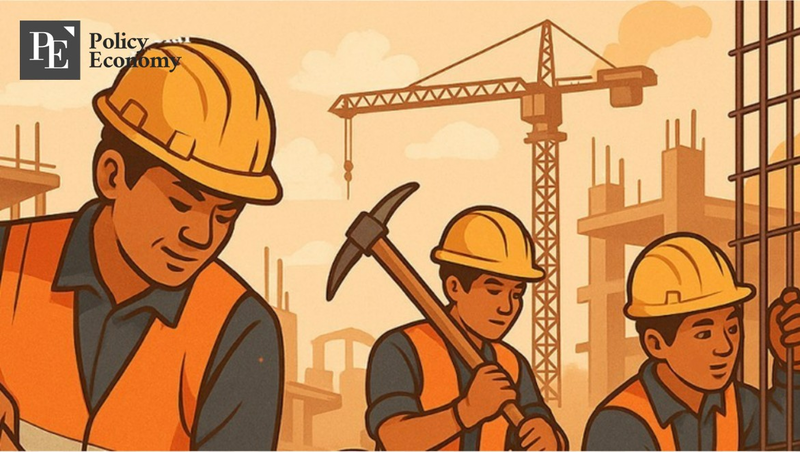
Korean Investors in the U.S. Face Pressure to Hire Americans
Although Trump has pivoted toward a “worker training” approach, the deepening anti-immigrant climate in the U.S. makes active remedies such as special legislation unlikely. Korean companies will thus be compelled to respond to the administration’s “hire Americans” demand. Industry concerns are rising that higher U.S. wage levels will weigh heavily on operations. According to the Bureau of Labor Statistics (BLS), average weekly wages for U.S. workers in the first quarter of this year stood at $1,194—equivalent to an annual wage of $62,088.
The labor shortage is particularly acute in the construction sector, where wages have surged sharply. The Biden administration’s Inflation Reduction Act (IRA) and CHIPS Act intensified demand for construction workers, while demographic aging has emerged as an immediate challenge. The Associated General Contractors of America (AGC) estimates that more than 40% of the U.S. construction workforce will retire within the next decade. To recruit replacements, 81% of U.S. construction firms raised base pay in 2023, 44% provided incentives, and 26% enhanced benefits.
Yet these efforts have failed to resolve the shortfall. Even at higher wages, firms struggle to secure sufficient manpower. Korean companies, which expanded U.S. manufacturing operations after Trump’s first term, have encountered persistent difficulties filling positions. AGC surveys show that 92% of U.S. construction firms report hiring challenges. Tighter immigration enforcement under the Trump administration has further worsened the shortage. Pew Research Center data indicate immigrants account for 20% of the U.S. workforce, with 30% of construction jobs filled by immigrant labor.
Skilled construction workers are even harder to secure. For Korean companies building plants in the U.S., navigating federal and state licensing hurdles is already arduous, as each state applies different regulatory standards. The U.S. also separates design, construction, and supervision functions more granularly than Korea, prolonging completion timelines. Even after navigating approvals, firms struggle to source welders and other essential tradespeople locally. The domestic supply of welders is scant, and even fewer meet Korean firms’ performance standards.
Labor Quality and Retention Pose Persistent Risks
Challenges continue after plants are built, with companies facing difficulties recruiting technicians to support production. Industry observers note that even U.S.-made Teslas are often criticized for wider panel gaps and weaker assembly quality than their Chinese counterparts—evidence of the shortage of skilled assembly workers in America. Hyundai Motor, which established an Alabama plant in 2005, initially struggled to find competent assembly workers and only achieved localization after 20 years of trial and error and investment in training. Automation has since eased the burden, but skilled labor remains indispensable for final assembly and quality control.
Battery plants, in particular, hinge on technicians adept at operating and maintaining complex equipment. “Battery factories combine advanced technology with labor-intensive production processes,” an industry official explained. “It inevitably takes considerable time and effort to train local workers to meet yield requirements.” The shipbuilding sector faces even steeper challenges, with virtually no pool of skilled shipyard workers in the U.S. and only one university—University of Michigan—offering a naval architecture program. Hanwha Ocean, which acquired Philadelphia Shipyard, has dispatched 50 Korean staff to train local recruits.
Retention further compounds the problem. Developing a skilled specialist requires years of investment, yet there is no guarantee trained workers will stay. Korean firms report frequent cases of local hires quitting within months despite extensive training. Some workers struggle with drug-related issues that undermine productivity. According to the U.S. Substance Abuse and Mental Health Services Administration (SAMHSA), about 9% of full-time workers aged 10 and older use illicit drugs, with workplace substance abuse cited as a key drag on productivity.


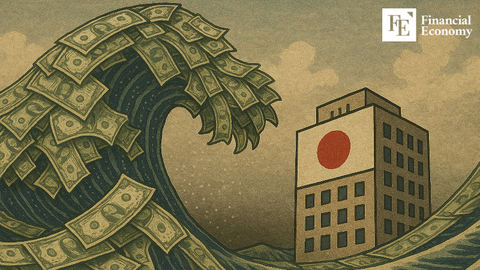
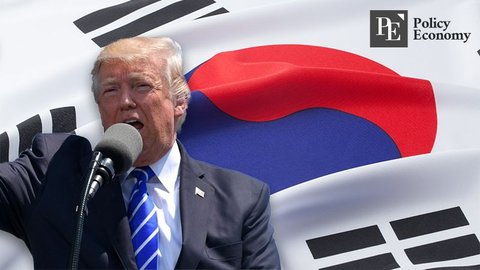

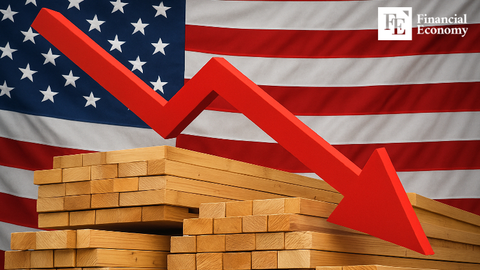
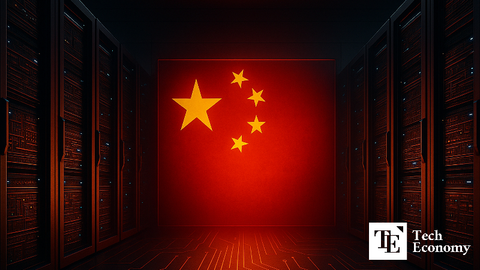
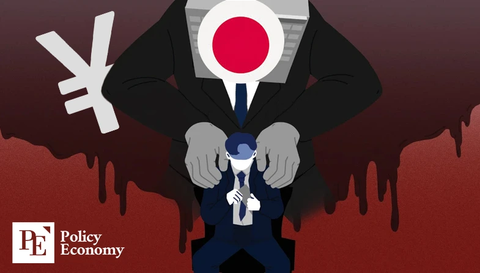
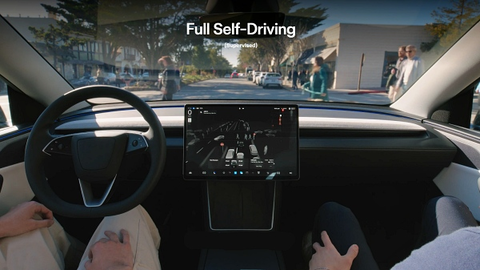
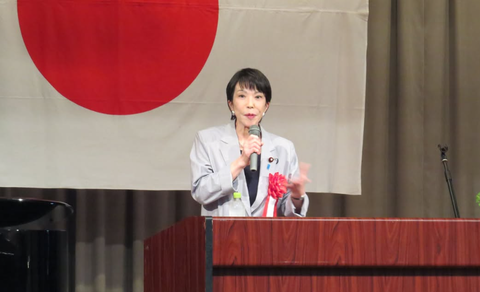












Comment